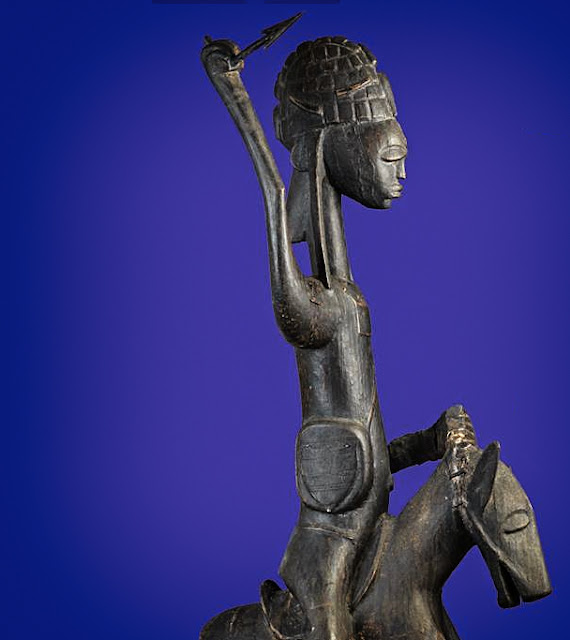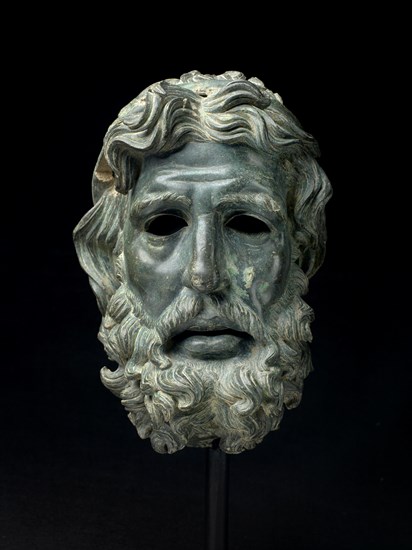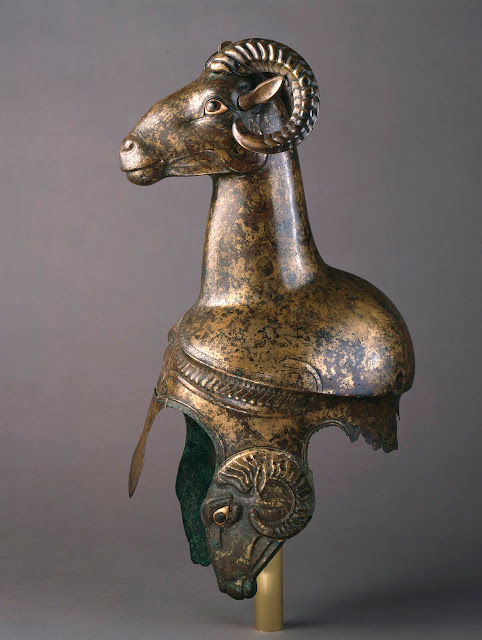Attic sarcophagus fragment depicting Kairos the god of opportunity at the Museum of Antiquities in Turin, Italy

Attic sarcophagus fragment depicting Kairos the god of opportunity at the Museum of Antiquities in Turin, Italy. In Greek mythology, Kairos (Caerus) was the personification of opportunity, luck and favorable moments. His Roman equivalent was Occasio or Tempus. He was shown with a forelock of hair but the back of his head was bald. It was said Kairos could easily be seized by the hair hanging over his face ("creeping down over the eyebrows") when he is arriving but once he has passed by, no one can grasp him. Kairos was the youngest child of Zeus. It was assumed he would overthrow his father but instead, he became a lover of Fortuna. According to Pausanias, there was an altar of Kairos close to the entrance to the stadium at Olympia. A bronze statue of Kairos made by the famous Greek sculptor Lysippos also stood in the Agora of Hellenistic Sikyon. Image: Fragment of an Attic sarcophagus depicting the god Kairos dating from 160-180 CE, a Roman work after the origi


















